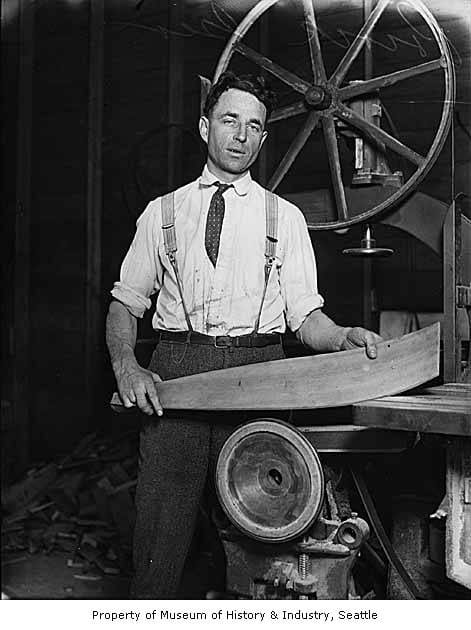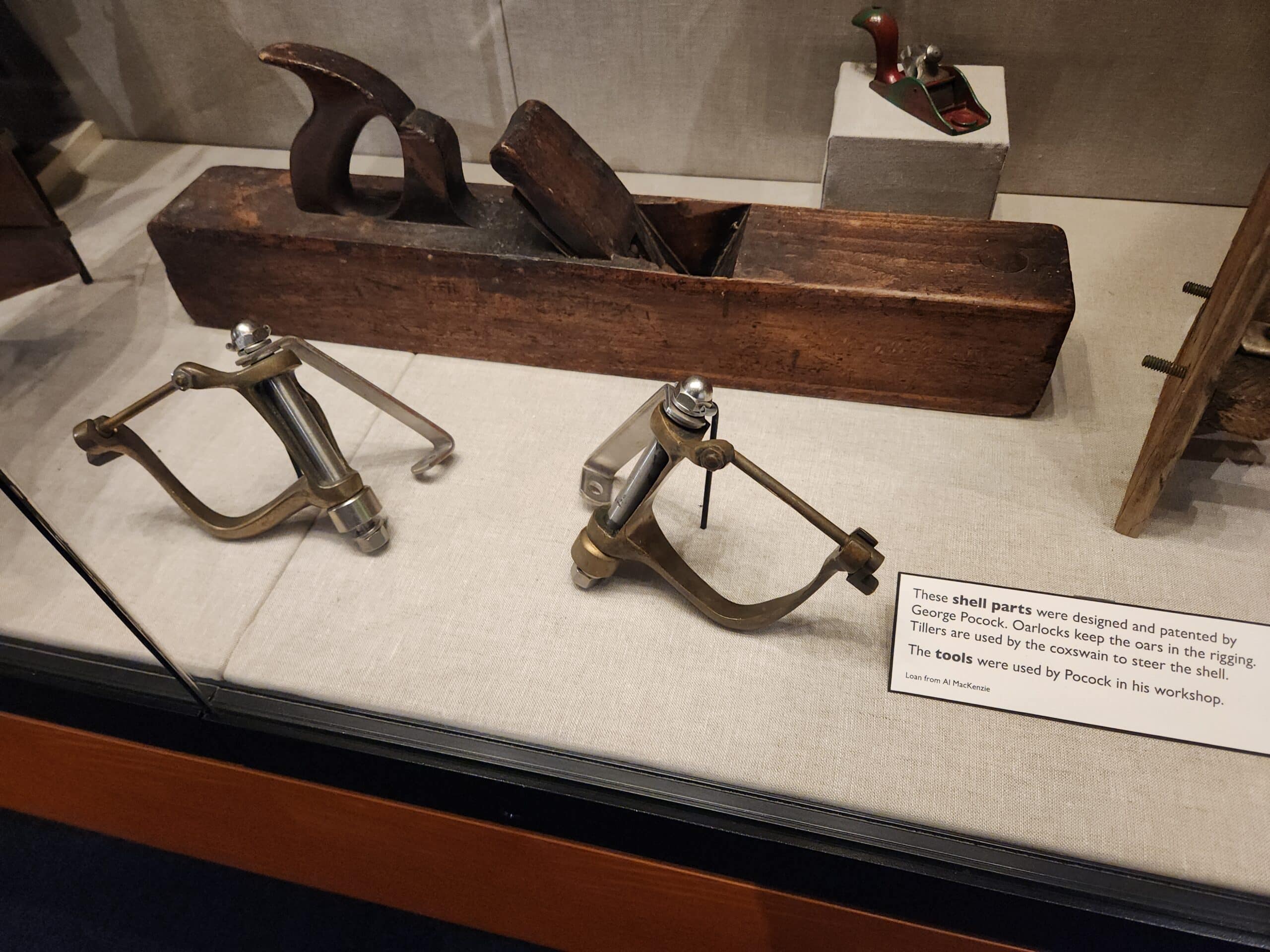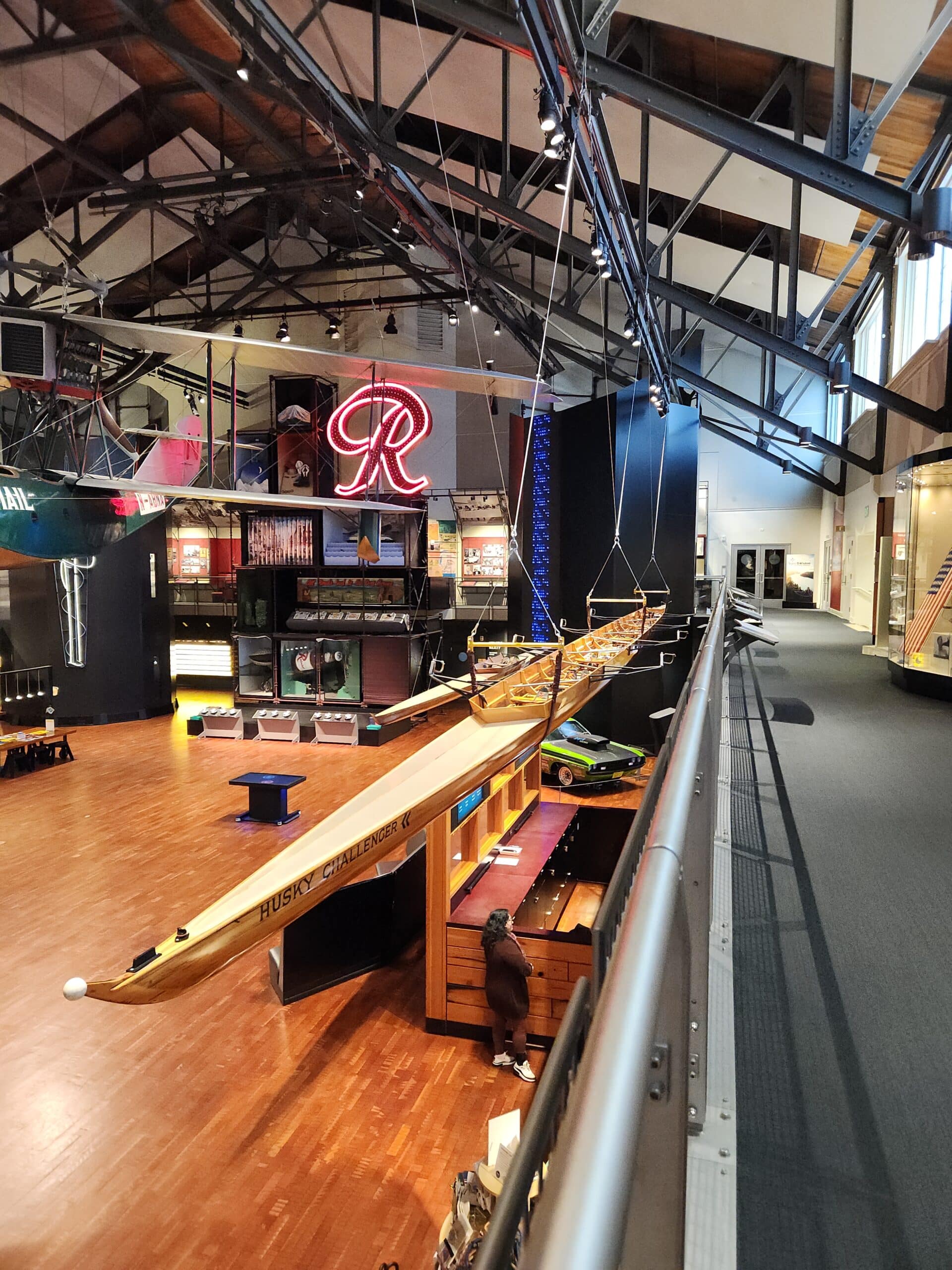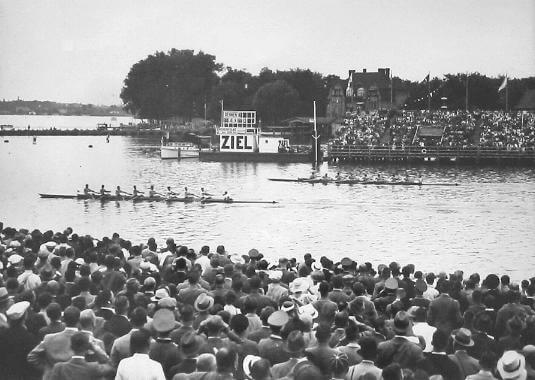When the underdog rowing team from the University of Washington won a gold medal against the shoe-in Nazi Germany team in the pre-war 1936 Olympics, their names and achievements stretched into history. Now, their story is enshrined as an international bestselling novel, The Boys in the Boat, which has been adapted into a movie directed by George Clooney and has brought new interest to the legacy of competitive rowing at the UW.
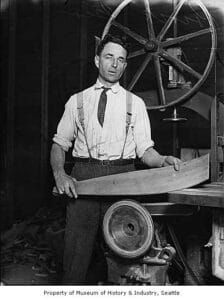
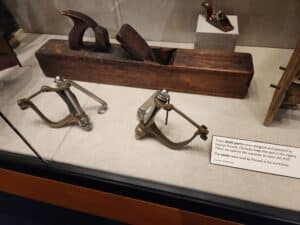
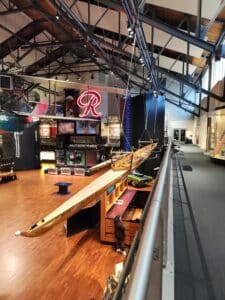
Who was George Pocock?
The history of rowing at the UW nearly begins with the arrival of George Pocock, a champion sculler who emigrated from England in 1911 with his brother, Robert. Together, they established a business in Vancouver, British Columbia, where the duo began to supply racing shells to clubs across the Salish Sea. In the following years, and thanks in part to the tenacity of UW racing coach Hiram Conibear, the brothers eventually moved to Seattle and, alongside their sister Lucy, established a history and culture of rowing that continues today.
According to Nicole Klein, Capital Campaign Manager for the Associated Students of University of Washington Shell House (where the Pococks worked and assisted as coaches), one of the keys to the timelessness of Pocock’s shells was their innovative change in materials. In Ready All!, a biography of George Pocock, he’s shown to have been hesitant to break the tradition of using an east-coast material known as Spanish Cedar, which had to be shipped at expensive rates across the United States. Instead, he began to build boats with a relatively unproven Western Red Cedar. Rusty Callow, a UW Racing Coach and former team oarsmen is quoted in Ready All! as saying, “Red cedar is only good for making shingles.”
Nicole cited an open-sea rowing club in Port Townsend who felt that the red cedar’s tight grain is so thin and absorbent, that while the center of the boat stays in the water, both ends of the boat rise out and make the boat feel like it’s flying. She also described the sound the natural fibers make on the water as “bubbles on the water, rather than the slapping sound you would get from [modern materials].”
Western Red Cedar is also one of the materials that the indigenous populations of the region have been using to build canoes since time immemorial.
By about the 1950s, all the racing shells being entered into the Olympics were Pocock racing shells, said Nicole. As shipbuilding materials became lighter and stronger, and uniformity for rules-compliance became commonplace, eventually the wooden shells were taken off the racing docket. However, Pocock racing shells are still a common name in the racing world. Their carbon fiber and fiberglass hulled boats are built in Everett and are a standard competitor in races around the world.
Where to see a Pocock racing shell:
Only a few wooden Pocock racing shells remain available in public collections. On temporary display at the Museum of History and Industry through June 2, 2024, you can see Pulling Together: A Brief History of Rowing in Seattle, and visit with the 64-foot Husky Challenger, a successor to the Husky Clipper, the eponymous “boat” from The Boys in the Boat that the 1936 UW racing team rowed to win gold. Additionally, there are uniforms and medals from the fateful win.
Another incredible place to visit is the ASUW Shellhouse, which exists as a testament to the determination of the team and the American spirit through its varied uses over the decades. There is also a virtual tour and 3D walkthrough of the building available from the UW.

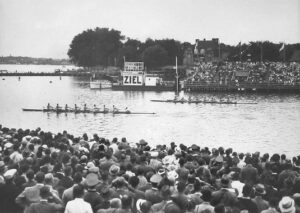
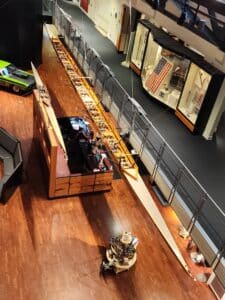
George Pocock’s story doesn’t begin or end with the building of boats for the UW. Ready All! Goes into greater detail about his life, including his experience rowing and establishing businesses, as well as his close ties with other pacific northwest icons like W.E. Boeing, founder of the aviation company. To say that George Pocock had a significant impact on the world of rowing might be an understatement, and there are likely many stories lost to time. George’s story stretches from his birth in England in 1981 to his death in March of 1976 in Seattle.
Despite his lifelong pursuit of a better racing shell and constant innovation, one enduring quote from George Pocock was that “there are no fast boats. Only fast crews.”


